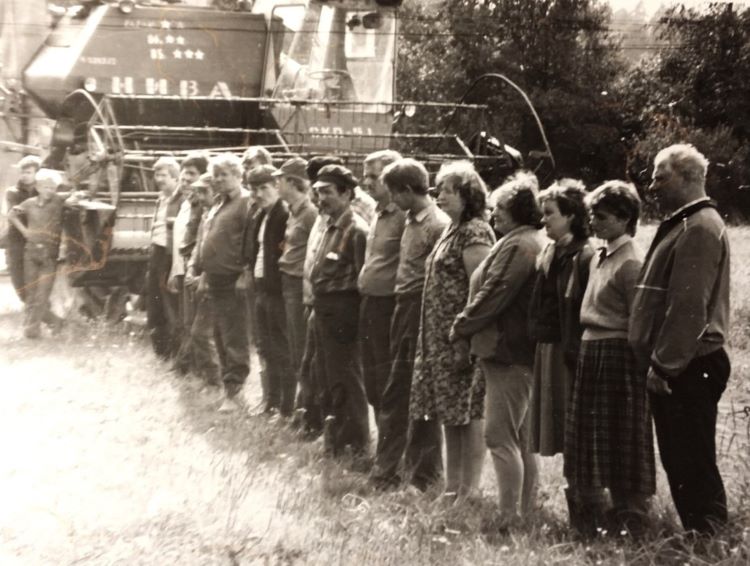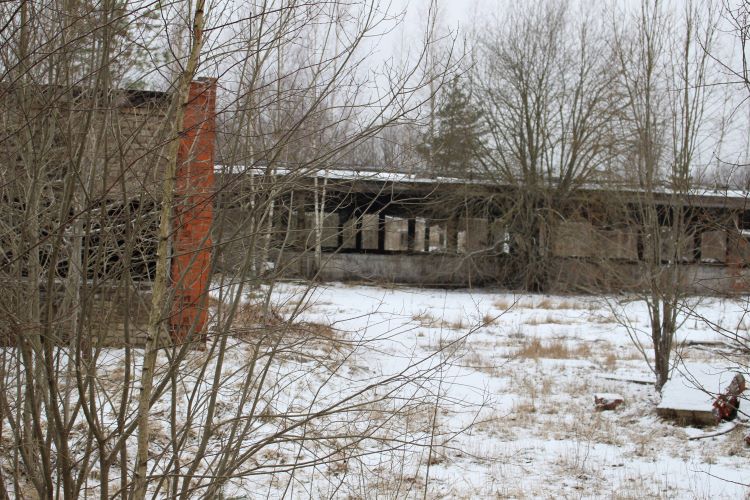About Agriculture

Plowing the land. 20s of the 20th centuries. Latvia, Lēdurga parish, Krustiņi. Photo: unknown. From the collection of Gatis Krūmiņš.
The database includes the following series of data describing the development of the agricultural sector from the period after the First World War to the present day in Latvia, Lithuania and Estonia: agricultural land used for agriculture, and arable land areas, which is the dominant type of agricultural land use, and forest areas, which together with agricultural land occupies most of the Baltic territory, the total number of farm animals, the main essential agricultural crops - grain and potatoes - co-harvest and harvest yield per hectare, and data characterizing the production of meat and milk. The data mentioned for individual years and time periods are also available for the Baltic States regions.
After the First World War, agriculture was the main economic sector of the Baltic States, employing most of the population of the Baltic States. Part of the production was exported. The overall level of agricultural mechanization was low compared to Western European countries; the land was cultivated mostly with horses. All three countries implemented agrarian reforms, the main goal of which was to increase the number of landowners. Previously, existing large farms (manors) were divided, and new farms were created, which did not exceed 20-22 hectares. A farm of this size could be worked with two horses. In Lithuania and in the Latgale region of Latvia, the division of sajja (small villages with adjacent lands) into homesteads also took place.
After the Second World War, during the occupation period of the USSR, the agricultural sector experienced dramatic structural changes - a form of collective farming was imposed on it, agricultural land was managed by state-controlled collective farms (kolkhozes and sovhozes). The main goal of this reform was to ensure state control over the agricultural production process and the produced products. Only small areas of agricultural land were allocated for individual use, strict restrictions were set on keeping farm animals for personal needs.
Comparing the data allows us to establish that after the First World War and the wars of independence, the agricultural sector recovered relatively faster than after the Second World War. During the first decades of the occupation of the USSR, the quality of life of the rural population was extremely low, in some collective farm's employees were not paid in cash. Animal husbandry gradually from 60ties of 20 centuries became dependent on imported fodder. The areas of land used for agriculture decreased because collective farms were not interested in cultivating areas far from their centers. A large part of the agricultural products produced were exported to the USSR.

Collective farm employees in a meeting. 80s of the 20th centuries. Latvia, Lēdurga parish. Photo: Eduards Krišjānis. From the collection of Gatis Krūmiņš.
After the restoration of the independence of the Baltic States in the 1990s, the production volumes of agricultural products fell significantly. This was caused both by the inability of the produced products to compete in free market conditions, and by the implemented structural reforms, the main goal of which was not to maintain production at a relatively high level, but to ensure the fastest possible privatization process. In Latvia, agricultural land and forests were returned to the former owners and their heirs, while in the privatization of the buildings of collective farms built during the occupation of the USSR, significant advantages were given to those working in collective farms. As a result, situations arose when the land belonged to one owner and the buildings to someone else.

Abandoned collective farm in 2017. Latvia, Straupe parish. Photo: Gatis Krumiņš.
After the Baltic States joined the European Union (2004), the agriculture of the Baltic States has been included in the EU's common agricultural policy. Agricultural productivity in both animal husbandry and agriculture has increased significantly. Structural changes are still taking place in the agricultural sector, both with changes in land use and the increase in the importance of crop cultivation, as well as a decrease in the number of small homesteads farms whose owners cultivated small areas of land and kept a small number of livestock (for example, 1-5 cows).

"Krustiņi" farm, Latvia, Lēdurga parish (2024). A family farm with 60 dairy cows is considered relatively small these days. Photo: Gatis Krumiņš.
Vidzeme University of Applied Sciences
Cesu street 4, Terbatas street 10, Valmiera, LV-4201, Latvia
CONTACTS : [email protected]


